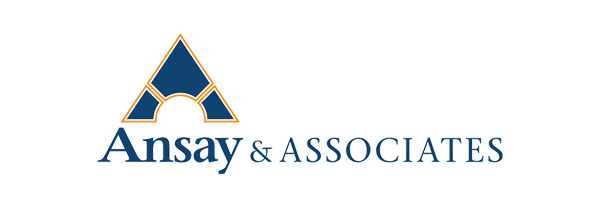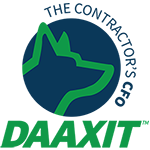by Russ Tabaka, Gilbank Construction, Inc.
In the years before 2020, site communication was a simple conversation. It was easy to notify crew members where the contractor parking was, brief them on daily activities and squeeze in tool box talks. Fast forward to the year 2021 and look at the new layers of communication our crews in the field need to overcome each day. Challenges brought on by the pandemic can have the opportunity to distract crews from proven best practices.
So how can we get back to basics and also layer on the protections necessary to cover more modern job site intricacies? By refocusing on the most important part of site communication; the safety of our people. Best practices like daily huddles, tool box talks, site safety inspections and job safety analysis have proven to be the best ways to keep our crews safe and informed. Here are some ways to make sure that’s not lost in the curve balls that 2020 and 2021 have thrown our way.
STAYING AHEAD OF THE CREW’S SAFETY NEEDS IS ALWAYS THE BEST DEFENSE TO PREVENTING AN ACCIDENT.
Daily huddles should be the start of every day on the job site. This is a brief (10-15 minutes at most) meeting that allows the crew time to cover relevant safety topics or hazards, review yesterday’s progress, delegate today’s activities and introduce new activities to the work site. Some daily huddles include stretch and bend routines, many of which are carried out in multiple languages. This is a great time to introduce new employees to the site as well as new sub-contractor crews. Take time to focus on the basics (parking, unloading, break areas, restrooms, meeting areas, etc.). If there are any scheduled inspections or owner visits, a daily huddle is a good time to communicate this information. Other items that can be reviewed are general site housekeeping and job site cleanliness. As an example, it can be helpful to coordinate your excavation and concrete crews of overlapping activities. In early stages of a project, it is not uncommon for site balance to take place at the same time as foundations are poured. Spending time during a daily huddle to coordinate these activities may avoid miscommunication as to where a concrete truck can be deployed, and site spoils can be stored. In the last couple years, we have seen the introduction of temperature checks along with pandemic-related questionnaires. If a daily huddle practice is implemented on the job site these sorts of medical screenings become a very normal part of a contractor’s day.
Another layer in good site communication is to dedicate a time period to review tool box talks. These are specific discussions that revolve around safety awareness. Most times these are brief discussions but prove to be very informative on topics such as specific tool/equipment safety, PPE use, emergency medical information, trade specific safety practices or environmental hazards. A good example of an environmental hazard could be reviewing the signs of heat stroke and the importance of hydration in the late summer months. Likewise in the winter it is also critical to review hydration along with signs of early frostbite. Trade-specific talks may include reviewing best practices for crews to understand work clearances around overhead electrical lines. If there is a constant reminder happening on site for crews to wear hard hats or safety glasses, it could be necessary to review the importance of that type of PPE. A toolbox talk is a great way to hammer home the PPE requirements of a job site.
Often overlooked with toolbox talks is the camaraderie it can build among the work crews. Encouraging a superintendent to rotate the presenter each week will help employees buy in to the methodology behind why toolbox talks are so important. Often, if employees know that they will have their turn in presenting a talk they may even suggest a specific topic they would like to learn more about. Interest in the specific topics discussed builds strength in a crew’s safety culture. Seeking out what specific topics a crew is interested in learning about will help ensure the commitment to this practice.
Because construction was considered essential since the start of the pandemic, new challenges were presented to crews in regard to keeping up on current preventative measures to slow the spread of COVID-19. Even today legislation continues to evolve. Understanding the new “hot spots” (states or areas with a higher frequency of cases) had the tendency to shift almost daily. Proper cleaning of meeting areas, vaccination status and the latest symptom monitoring are just a few examples of regulations that continue to be moving targets. Many times, construction crews were getting the guidance from their job sites. It is beneficial to spend at least one out of every four toolbox talks on reviewing the latest legislation.
Site safety inspections will cement the importance of a “safetyfirst” job site. Inspections like this can be posted and used as a housekeeping checklist to be reviewed by key personnel. Inspections on equipment can be related to verifying hose connections on lifts to visual inspections of forks on a telehandler. These are not in replacement of regularly scheduled pre-operation inspections; a line item on a site safety inspection may include a review that pre-operation inspections are taking place prior to operation of a piece of equipment. Other inspection items may include an audit of extension cords. Verifying proper connection or checking cords for damaged jackets can become a problem if not addressed quickly. Cater inspection reports to job site requirements. These may change depending on if a project is new construction versus a renovation of an existing space.In relation to the pandemic requirements, site safety inspections may include verifying that COVID-19 preventative items are stocked.
While not as frequent as the daily huddles, toolbox talks, or site safety inspections, are job safety analysis (JSAs). JSAs are an important way to forecast new job site hazards that will be introduced into the construction schedule. A good example of this may be when a project is wrapping up and interior crews may be painting while a concrete crew is outside finalizing a sidewalk pour. Both crews are informed of their specific trade related hazards but may not be aware of other trades’ specific task-related hazards. By posting these forecasts in the job meeting area (be it a job trailer or construction office) crews can stay informed of ancillary activities. Share the updated JSAs at daily huddles and use new hazard notices to round out topics for toolbox talks. JSAs are a great way to communicate and post updates along the project schedule.
Utilizing these best practices can help in developing new leaders in construction crews. Under the guidance of a superintendent, it is encouraged to task some of these activities to developing members of your crew. Place a new apprentice in the role of gathering the crews for daily huddles. Rotate presenters on toolbox talks and encourage employees to suggest ideas for future talks. Task an assistant superintendent with ensuring that weekly site safety inspections are filled out. Allow that individual to communicate with supply chains or maintenance to ensure that the proper restocking or maintenance is performed based on the result of the site safety inspection. Work with junior PMs to develop JSAs based off of a construction schedule. These practices build the safety culture from the inside of the crews instead of a top-down approach from management. Incentivize buy in to these practices by tracking these additional activities within an employee’s annual review.
Staying ahead of the crew’s safety needs is always the best defense to preventing an accident. With enough repetition of these practices, it will build the confidence in a company’s customers, upper management, and most importantly, field personnel so production and safety go hand in hand with your successful projects, especially as the pandemic continues to evolve.
Site communication is not a skill that comes easily. It can be a challenging task to juggle if it is not treated as a top priority. However, it can be accomplished if crews are dedicated to a safety culture mindset. Hopefully, this article helps to inspire some creative ways of implementing site communication. While the guidance continues to change, it is important to keep site implementation simple and brief. A strong safety culture will allow for the flexibility needed to adjust to the latest guidance on the pandemic. Stay creative, stay safe and be well!












